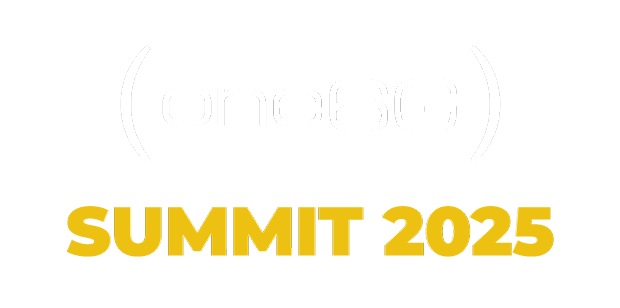Demos
Building on the success of the previous editions, one6G Summit will once again provide a unique platform for researchers and innovators to showcase their ground-breaking prototypes and applications to an international audience. The demo session and exhibition will offer an unparalleled opportunity to elevate the global visibility of both established and emerging concepts, solutions, and initiatives while fostering live discussions with top experts from industry and academia. Don’t miss the one6G Summit 2025 demonstrations! Connect with our exhibitors during coffee and lunch breaks, and immerse yourself in their innovative demos.
one6G Summit 2025 exhibitors
Demo 1
By CNIT WiLab and WCLN Lab at UniFe
AI-based localization and sensing of things
Demo 2
By Huawei Technologies Duesseldorf GmbH
Robot services enabled by agentic AI based 6G network architecture
Demo 3
By Huawei & CNIT WiLab with the city of Bologna’s support
Environmental reconstruction of city towers with cmWave ISAC
Demo 4
By Sykno
Radio-based vital signs sensing
Demo 5
By NKUA
Intelligent perception and communication using robots tailored to hazardous event detection
Demo 6
By TURKCELL
Connected, coordinated, and collaborative: unlocking the future of construction
Demo 7
By TURKCELL
one6G PoC detection of antenna tilt failures
Demo 8
By Internet Institute on behalf of the EXIGENCE project
Per-service energy consumption control in sustainable 6G
Demo 9
By iTEAM
FMCW-based radio channel sounder at mmWave through mutual interference
Demo 10
By Unio Global
Always on: 5G + SatCom for tele-operated vessels
Demo 11
By CENTERA Labs
A compact device for material characterization
Demo 12
By TUM
Optimized in-network placement of modular application functions (MAFs) for medical applications
Demo 13
By Keysight Technologies
6G digital twin
You can have a look to the exhibition information document here (PDF)
Technical Committee
- Josef Eichinger, one6G WG4 Chair, Huawei
- Mohamed Gharba, one6G WG4, Huawei
- Youssef Nasser, one6G WG4 Vice-Chair, Greenerwave
- Alessandro Bazzi, University of Bologna
- George T. Karetsos, University of Thessaly
- Nikitas Theodoropoulos, National Technical University of Athens
If you have any questions, contact the Technical Committee, at wg4@one6g.org
